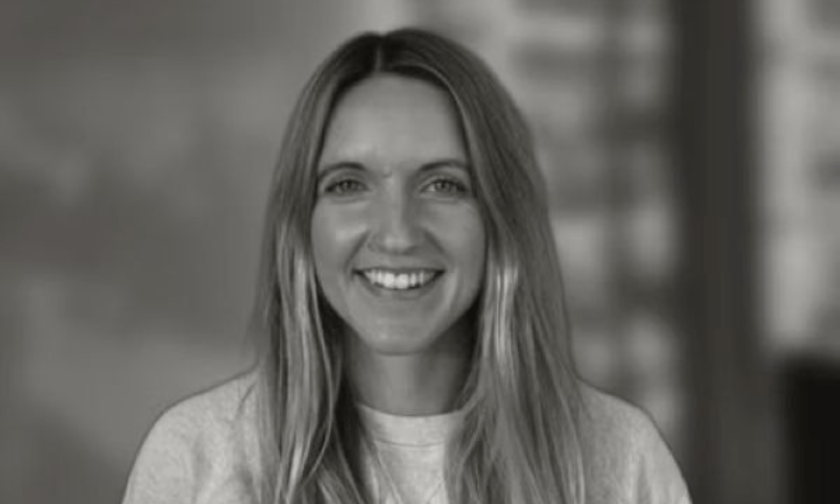

Research published by the British insurance giant Aviva late last year revealed some concerning facts and figures around flooding in the UK, with nearly three-fifths of new build homeowners (58%) saying their property has suffered from a climate-related event during the last five years. Meanwhile, nearly a third (30%) of owners of homes built in the last five years say their home has suffered wind or storm damage.
Perhaps the most concerning trend of all, however, revolves around the percentage of new-build owners who believe their home will be impacted by climate change in the next 10 years – at 72% versus 52% of all residents. With one-in-seven saying they believe their home is unsuitable due to potential flooding it flags the question – what can be done to mitigate against rising flood risks?
Offering insight at the 2025 Insurtech Insights Europe conference, Sarah Penny (pictured), partnerships manager at Previsico, underscored the heightened awareness around flood risk in 2025, after the Environmental Agency updated its risk map at the end of last year. “What that highlighted was that one in four properties will be affected by flooding by 2050, and that impact needs to be absorbed. That has driven awareness that we need to take action when it comes to flood risk.”
She noted that when you talk to insureds about flood, all too often they feel overwhelmed by the scale of the risk at hand and question what they can do to mitigate it. That’s where insurance has a critical role to play, she said, in educating customers about the measures they can take to defend against risk, and to arm them with the innovative tools required to mitigate it.
Touching on some of these tools as they exist today, Penny noted that while there’s increased appetite for the part risk mitigation can play in flood resilience, risk transfer, particularly innovations in risk transfer, continues to play a critical role. “Customers are struggling to obtain the level of cover they may need, and then you see the introduction of parametric into the market to try and bridge that gap.”
A great flood resilience toolkit comprises three core components, Penny said, and the first comes down to data. Accurate data delivered to customers ahead of any anticipated event is incredibly valuable because it gives them a pre-warning of the incident which allows them to start thinking about what they need to do to prepare. “If an incident is already on their radar, up to 48 hours ahead of time, they can make the right preparations.”
The second facet revolves around the multitude of technologies now available to deliver valuable, real-time insights into the extent of any damage. IoT sensors are a great example of this, she said, as they can measure exactly what is happening in terms of flood levels. “This technology means we can see what’s happening now, which means people can validate what the early alerting is saying and take the action that is needed to mitigate or prevent an incident."
For Previsico, the third element is around its Instacasting suite of products, which runs a live simulation of flood (using live rainfall data) 24/7 using a unique mix of data. By using such a tool you can essentially access a “playback” as to how flood developed in that area and where it’s impacting that area most, which means you can enable clients to respond faster and with greater certainty, she said. “This allows them to understand a bit better where their pinch points are and gives them that educational insight to understand, if it does happen again, how the water will move in a flood.”
Penny said she is seeing increased demand in the market for stronger resilience measures, which is unsurprising given that the 2023/2024 storm period saw 12 named storms, more than in any period since they started naming storms. “You can’t escape the fact that the issue is getting worse and the impact is getting worse. So, there is increased demand in the insurance market.”
